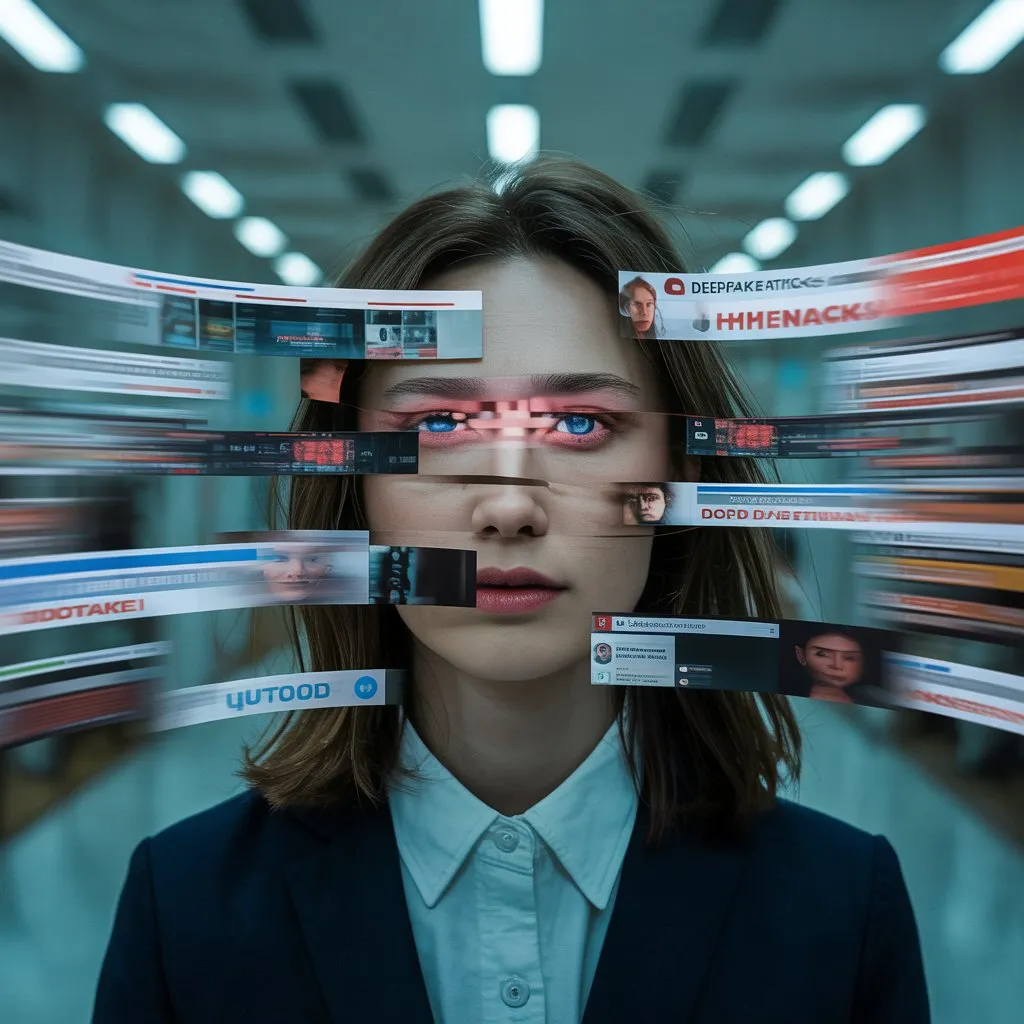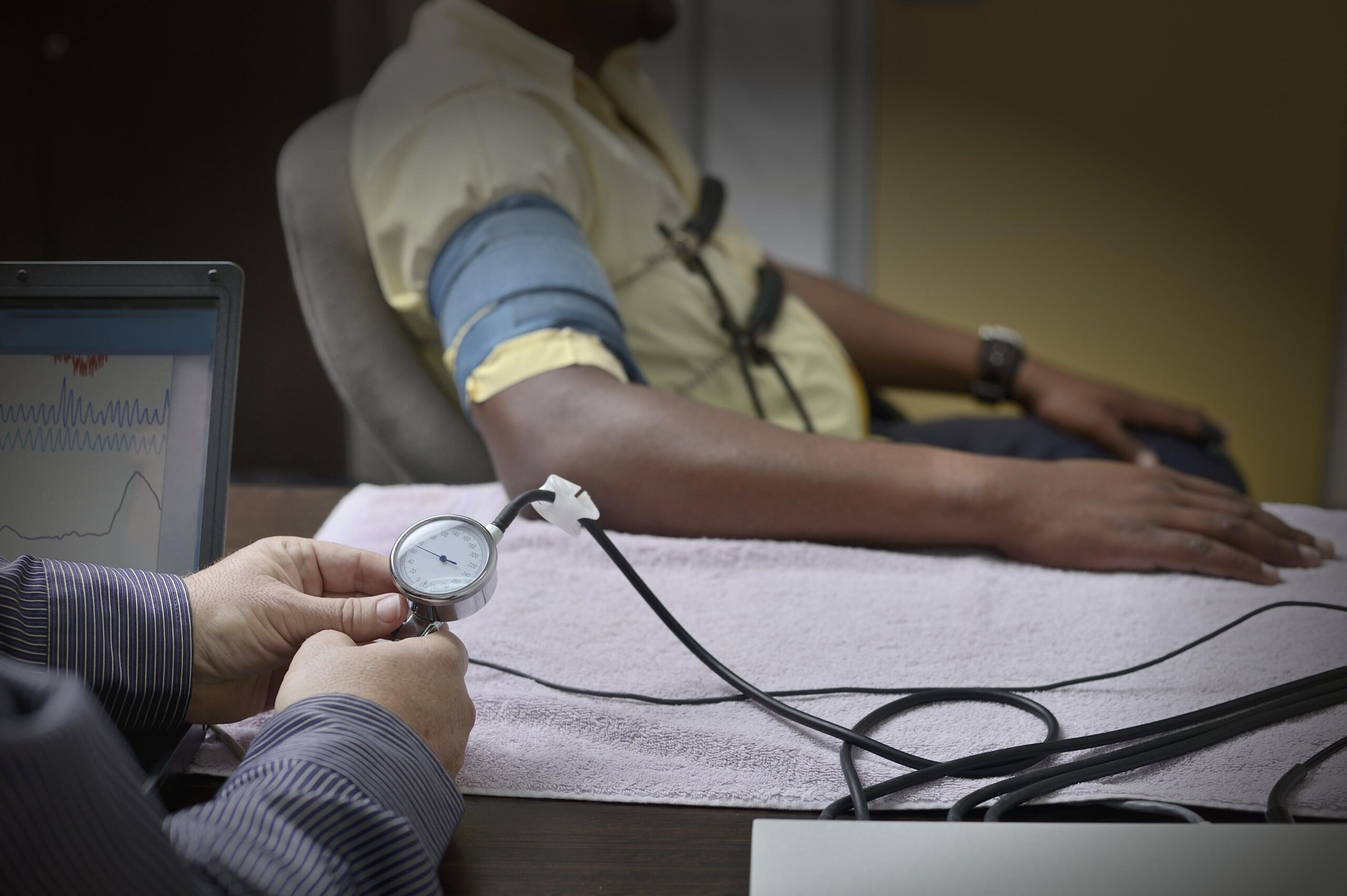Celebrity deepfakes started becoming a worrying trend on the internet in recent years and are hyper-realistic videos or pictures in which actors perform things they were not doing in real life. With the help of AI, such pieces of synthetic media could also be so authentic that even experienced observers could not detect the difference between them and live content. Whereas deepfakes can be created to promote fun, harmless entertainment, or potentially satirize, the more dangerous ones threaten the security of privacy, reputations, and the general society of people to know what is and is not true in the works.
Due to the increased access to this technology, deepfake detection has become one of the most important methods to detect and curb the misuse of this technology. We are going to look at the effect of deepfake celebrity phenomenon, their influence on society and the most recent deepfake detection technologies, software, and tools that are being used to fight them.
What are Celebrity Deepfakes?
Celebrity deepfake are artificial intelligence-generated media which distort the face and voice of a celebrity to make it seem that they did or said something they never did. These videos are often produced with deep learning methods like GANs (Generative Adversarial Networks) and to the uninformed viewer they can even be mistaken as real footage.
Some of them are parodical caricatures of people or artistic experiments, but some are developed with a malicious purpose to spread fake stories, fake freshmen, or even celebrities in fake adult content without their permission. It is not only unethical but a downright breach of individual rights and privacy.
The Rising Influence of Deepfakes with Celebrities
Reputational Damage: A false video rendering a celebrity uttering some obscene comment, or promoting a debatable product, may destroy their reputation completely.
Deepfakes and Fake News: Deepfakes may be used during the political campaigns or social media to spread inaccurate information, which can affect the opinion of the people.
Financial Exploitation: Deepfakes have embarked on replicating the endorsements of celebrities to non-existing investment schemes to defraud innocent supporters of the stars.
Legal and Morality issues: The use of peoples picture online in other capacities raises legal issues of the objection to ownership, copyrights and identity rights.
These threats have increased the urgency of having an efficient deepfake detection technology which will be able to detain pace of AI generated materials.
The Way Deepfake Detection works
Deepfake detection is the tools and technologies to determine that video, audio and image are AI-manipulated. Detection techniques Researchers have devised a number of methods to identify any inconsistencies or anomalies that could point to tampering. These include:
Biometric analysis: Scanning of blinking patterns, faces and skin texture.
Audio-visual mismatch detection: Ascertaining the consistency of the voice with the movement of lips.
Temporal analysis: Examination at frame-by-frame discrepancies in light and movement.
Metadata analysis: Analyzing the source of the file and editing it.
Because deep fakes are always developing, tools that are used to track down deepfakes will have to develop as well. The current deepfake identification technology relies on the principle of machine learning to stay one step ahead of counterfeiters by identifying the minute inconsistencies.
Paving the New Way in Deepfake Detection
Facia.ai is an elite provider in the war against fake media, tolerating the genuine version of digital data. Projected to have further development, Facia incorporates the functions of smart deepfake detection (and a live facial recognition system) into the convenience of present form, becoming a formidable guard against Visual man-made fake sceneries.
The power of Facia is rooted in machine learning techniques of the AI-based models that are trained on a variety of data sets making them competent in identifying even the minute traces of the facial mismatches and inconsistencies that any other human eye is not likely to notice. It could be an abnormal rate in blinking the eyes, inconsistent shadowing, or abnormal glitch in the face texture, but Facia detection engine scans these elements in great accuracy to ascertain whether media is genuine or not.
Besides the use of conventional deepfake detection software, Facia also takes into consideration liveness detection, without which the face in a video or image may be unknown to be real or that of a living human being. Such dual ability is not only useful when spotting fake celebrity content, but also when used in high-security tasks such as remote identity check, digital onboarding, and prevention of frauds.
Facia has a solution in real-time detection, detailed analytics, and flexibility of integration that media organizations, enterprises, and people of influence trust to protect their digital heritage against the potential of synthetic media.
The need of Proactive Detection Why
It cannot be limited only by relying on platforms, such as YouTube or Instagram to eliminate deepfakes once they become viral. A fake video can have irreparable damage before it is removed. Active deepfake detection technology is a necessity to:
Placing a content firewall to prevent the fake contagious spread through Part-1: Early Warning Systems.
Content Verification: Verifying sources of journalists and people who create contents.
Brand Protection: Ensuring celebrities and other public people protect their digital image.
Law Enforcement: Helping in the crime investigation accurred of fraud or defamation.
A Future of Deepfake Detection
The more realistic deepfakes will get, the more they will rely on complex AI software, blockchain-supported identity verification systems, and the law to protect digital identities. Tech companies, media and government cooperation is needed in order to establish an ecosystem where innovation co-exist with security.
Final Thoughts
Celebrity deepfakes are not only popular trends on the internet but also increasingly dangerous to the digital integrity and authenticity. Our alleged war against synthetic media must evolve in line with how the media keeps upgrading. Luckily, deepfake detection tools and software improve, and people, businesses, and governments have a better chance to protect against malicious information.
If you are a celebrity or a content creator or just a digital citizen, it is now more crucial than before to keep yourself in the loop with deepfakes and the deepfake detectors.



